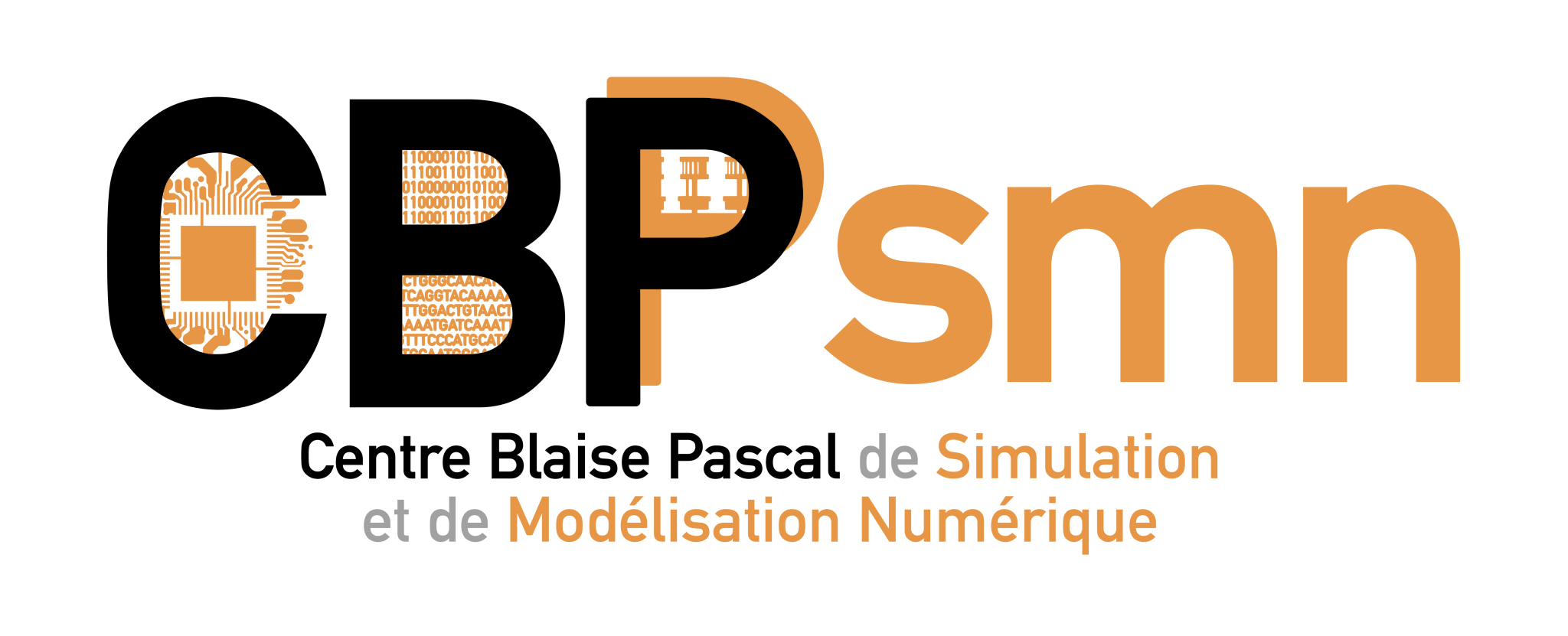Différences
Ci-dessous, les différences entre deux révisions de la page.
| Les deux révisions précédentes Révision précédente Prochaine révision | Révision précédente | ||
|
animation:seminaires:2014:accueil [2017/03/10 11:05] cicaluga [The behavior of iron and iron-bearing minerals in the Earth] |
animation:seminaires:2014:accueil [2017/03/10 11:05] (Version actuelle) cicaluga [Using Density Functional Theory to model photophysical properties of molecular compounds: some insights] |
||
|---|---|---|---|
| Ligne 156: | Ligne 156: | ||
| * Tangui Le Bahers (Laboratoire de Chimie, ENS de Lyon, France) \\ | * Tangui Le Bahers (Laboratoire de Chimie, ENS de Lyon, France) \\ | ||
| * Cerasela Calugaru (Centre Blaise Pascal, ENS de Lyon, France) \\ | * Cerasela Calugaru (Centre Blaise Pascal, ENS de Lyon, France) \\ | ||
| + | |||
| + | **(28 participants)** | ||
| The performances of Density Functional Theory (DFT) and Time Dependent DFT (TD-DFT) in the prediction of ground and excited state properties of molecular systems (both fully organic or containing d or f transition metals) will be reviewed by selected examples of compounds used in molecular devices with application ranging from hybrid photovoltaic cells to molecular spintronic. Special emphasis will be devoted to the possibility of providing a realistic description of the environmental effects (ex. solvent, absorption on a surface, encapsulation) on the overall photophysical properties of these systems by the means of theoretical methods ranging from continuum polarisable models for solvent, cluster approaches, QM/QM’ or periodic calculations. Finally, a recently proposed index enabling to quantify the extent and magnitude of transferred charge associated to a charge transfer (CT) excitation, will be illustrated and applied to the description of CT excitations in push-pull donor-acceptor systems providing insights on its potential application for the designing and development of novel molecular materials. | The performances of Density Functional Theory (DFT) and Time Dependent DFT (TD-DFT) in the prediction of ground and excited state properties of molecular systems (both fully organic or containing d or f transition metals) will be reviewed by selected examples of compounds used in molecular devices with application ranging from hybrid photovoltaic cells to molecular spintronic. Special emphasis will be devoted to the possibility of providing a realistic description of the environmental effects (ex. solvent, absorption on a surface, encapsulation) on the overall photophysical properties of these systems by the means of theoretical methods ranging from continuum polarisable models for solvent, cluster approaches, QM/QM’ or periodic calculations. Finally, a recently proposed index enabling to quantify the extent and magnitude of transferred charge associated to a charge transfer (CT) excitation, will be illustrated and applied to the description of CT excitations in push-pull donor-acceptor systems providing insights on its potential application for the designing and development of novel molecular materials. | ||
| <hidden> Centre Blaise Pascal, Maison de la modélisation de Lyon, Maison de la simulation de Lyon, Hôtel à projets </hidden> | <hidden> Centre Blaise Pascal, Maison de la modélisation de Lyon, Maison de la simulation de Lyon, Hôtel à projets </hidden> | ||
